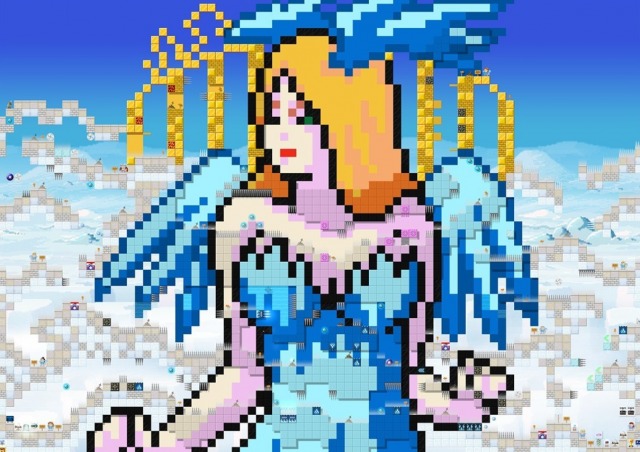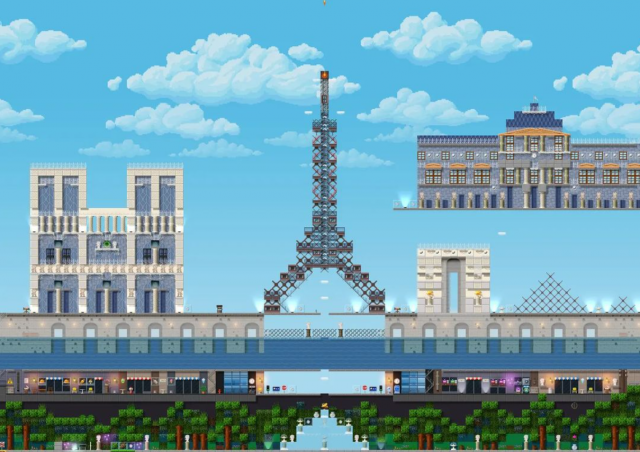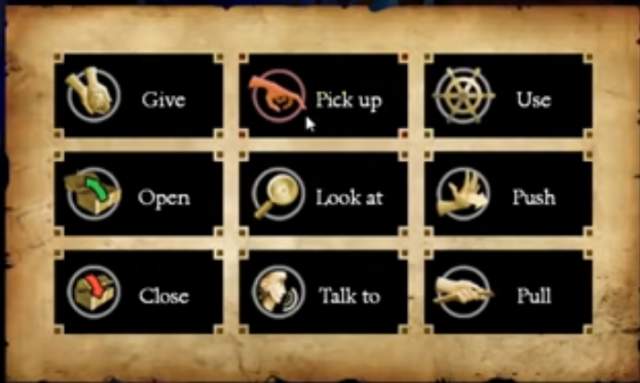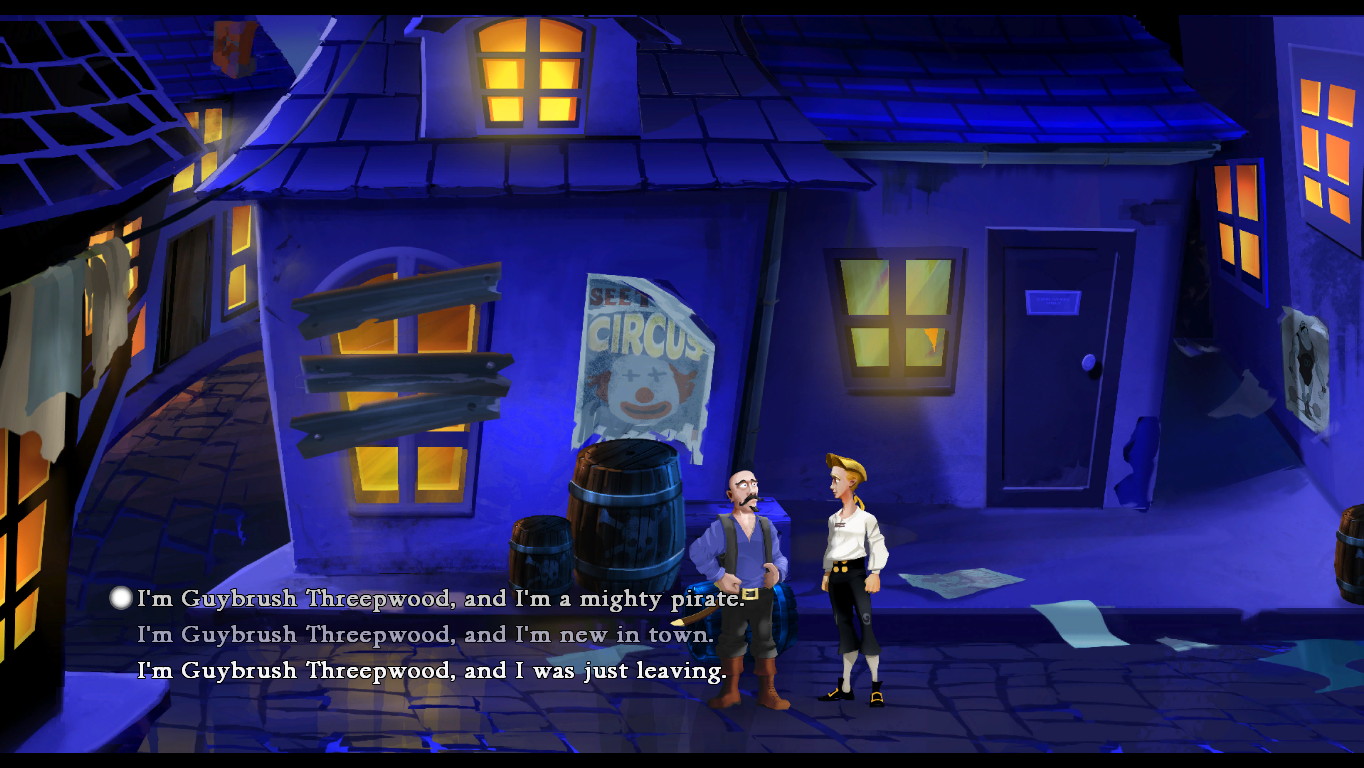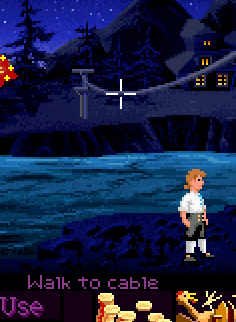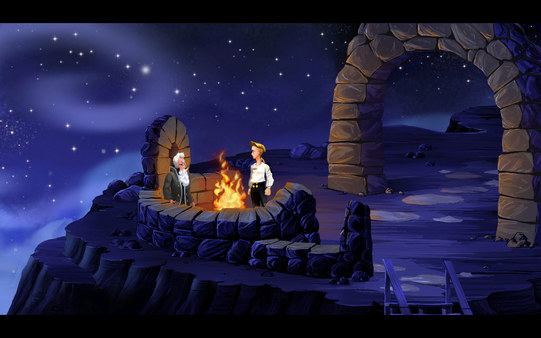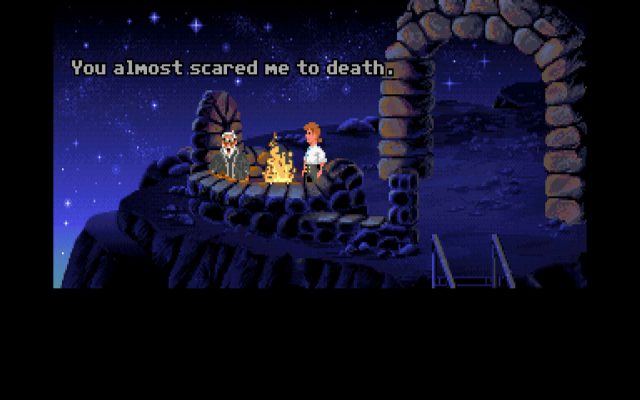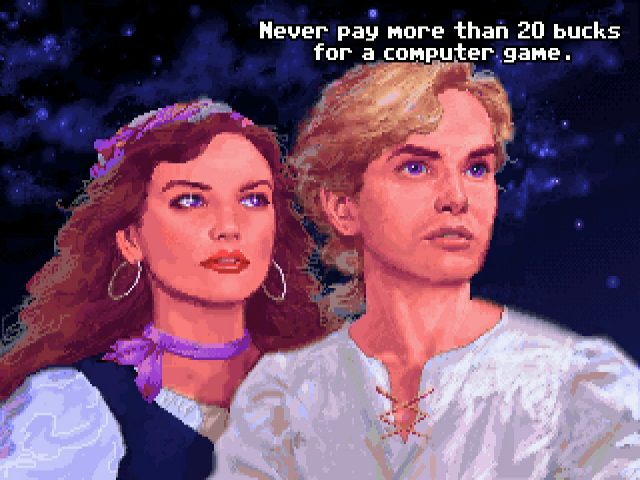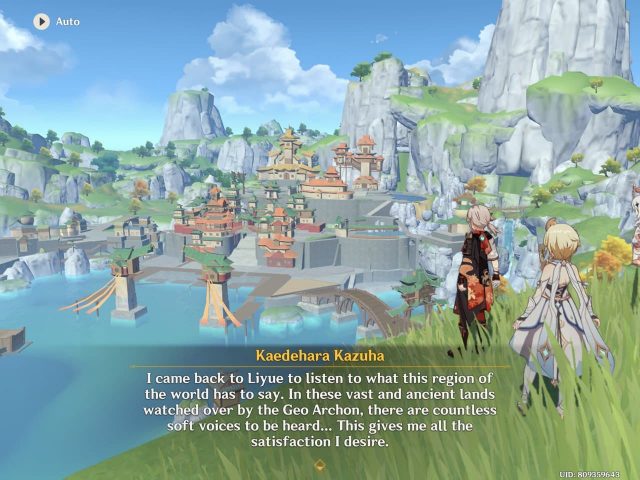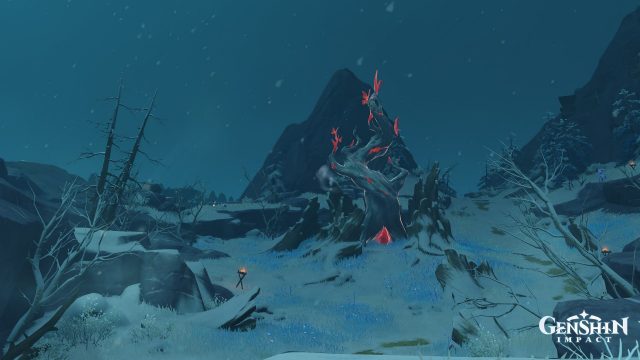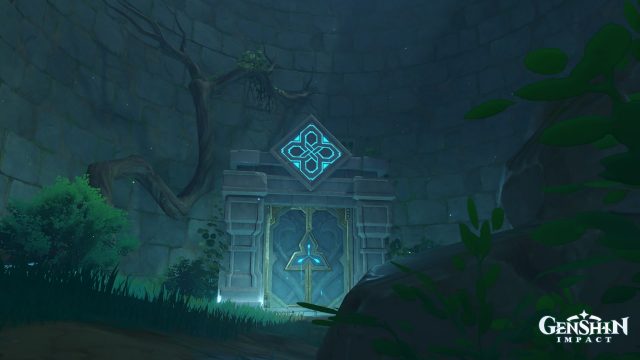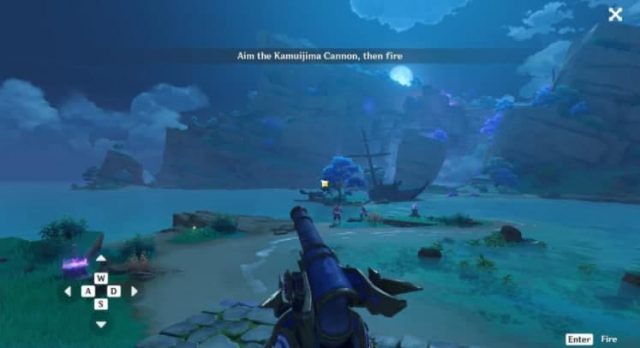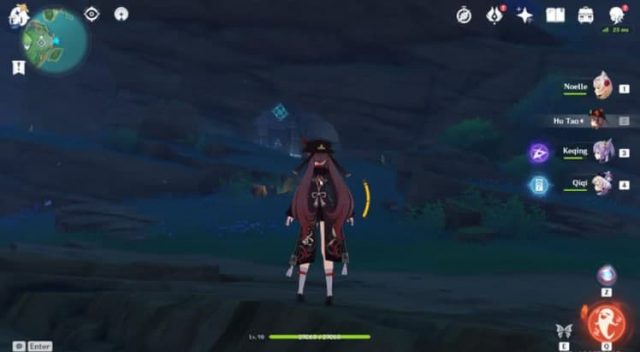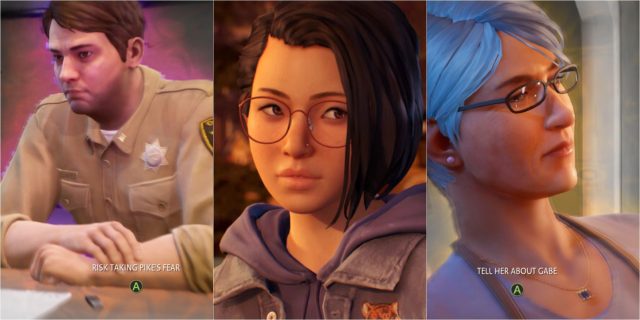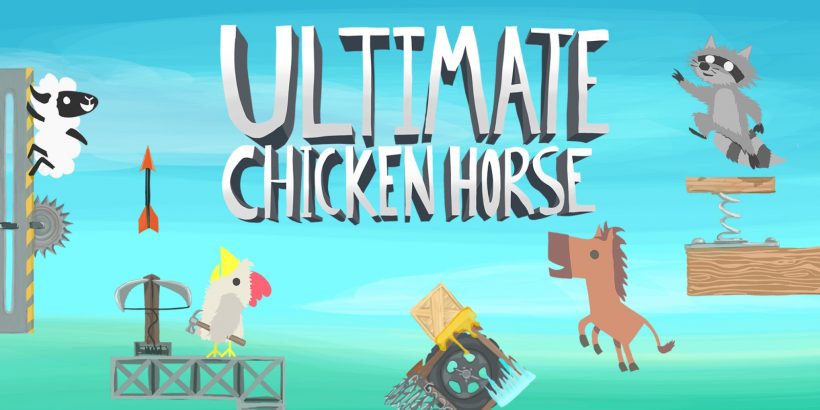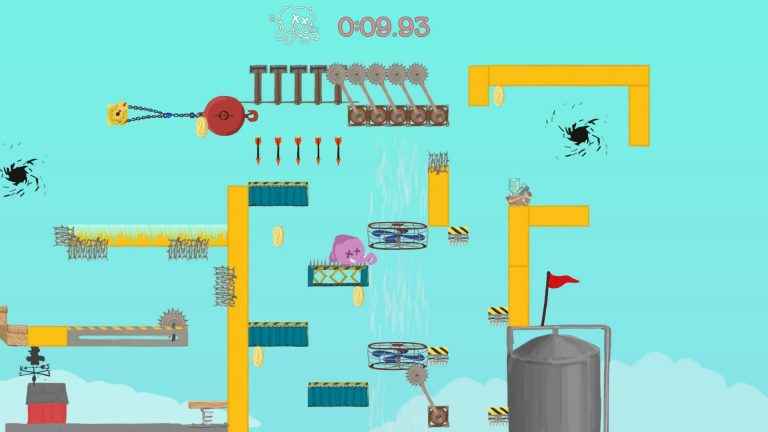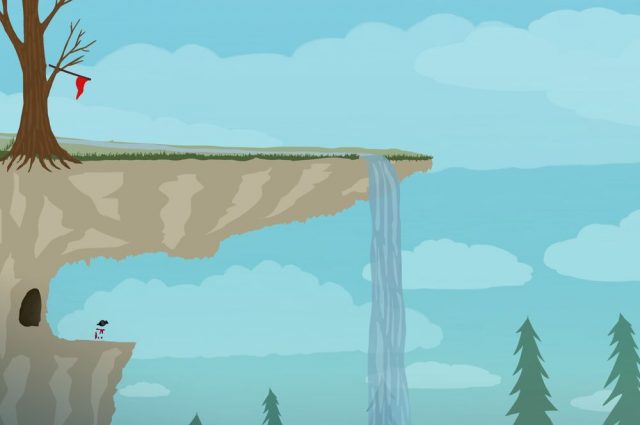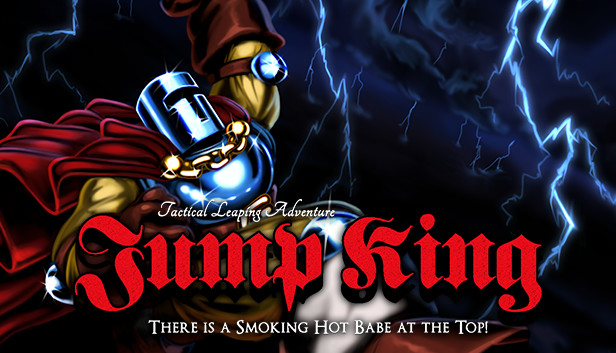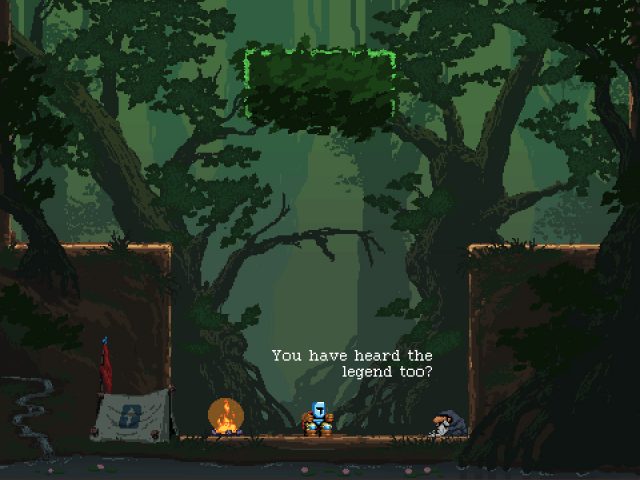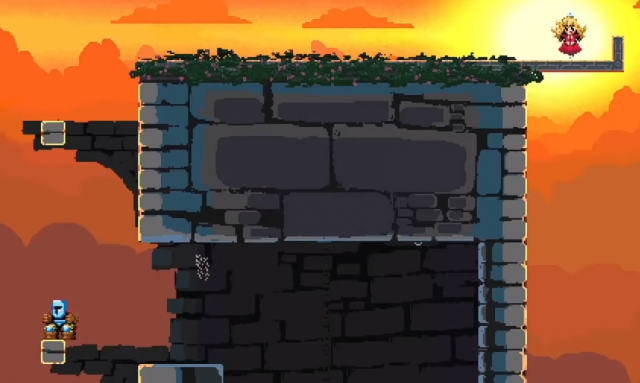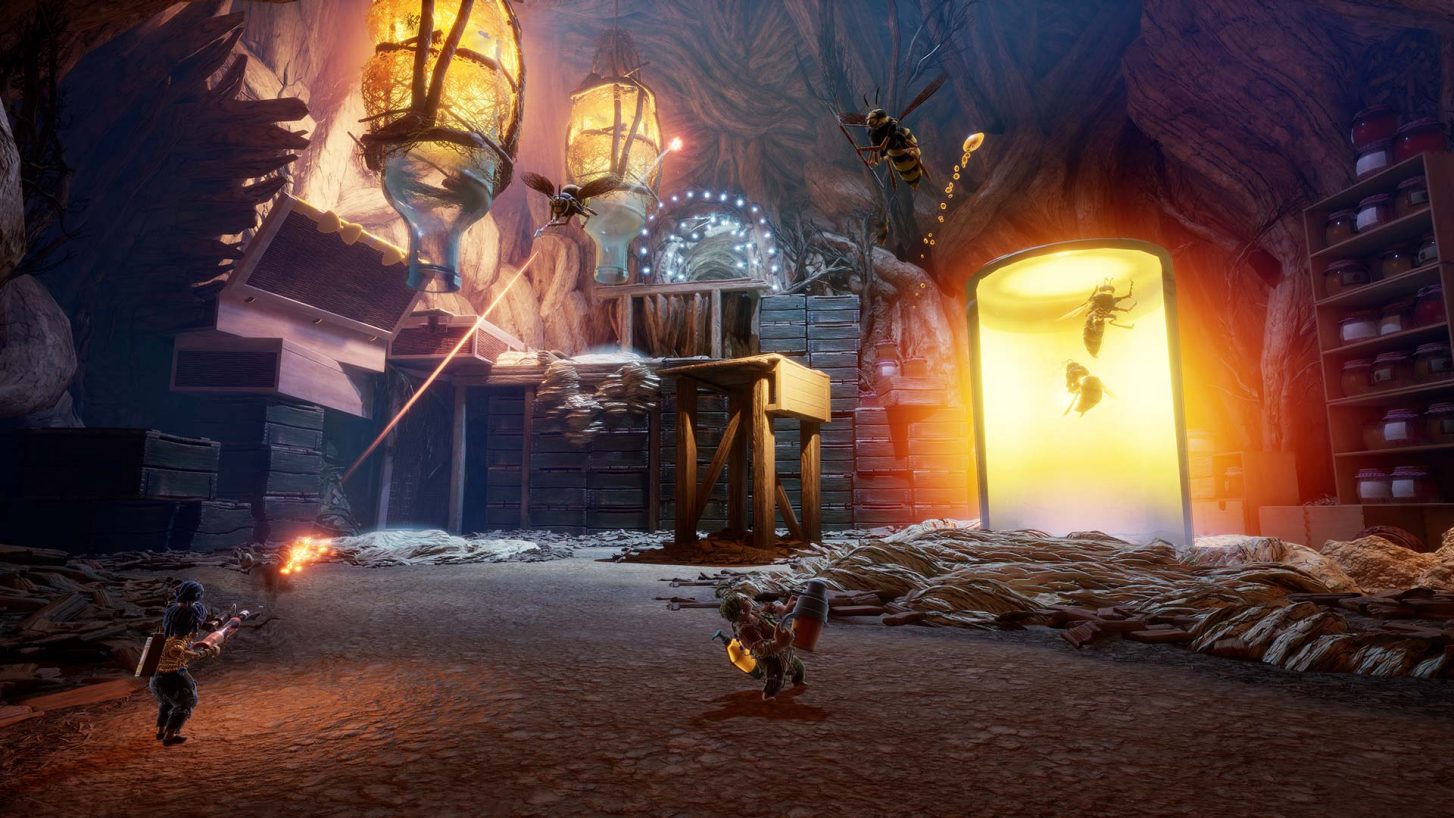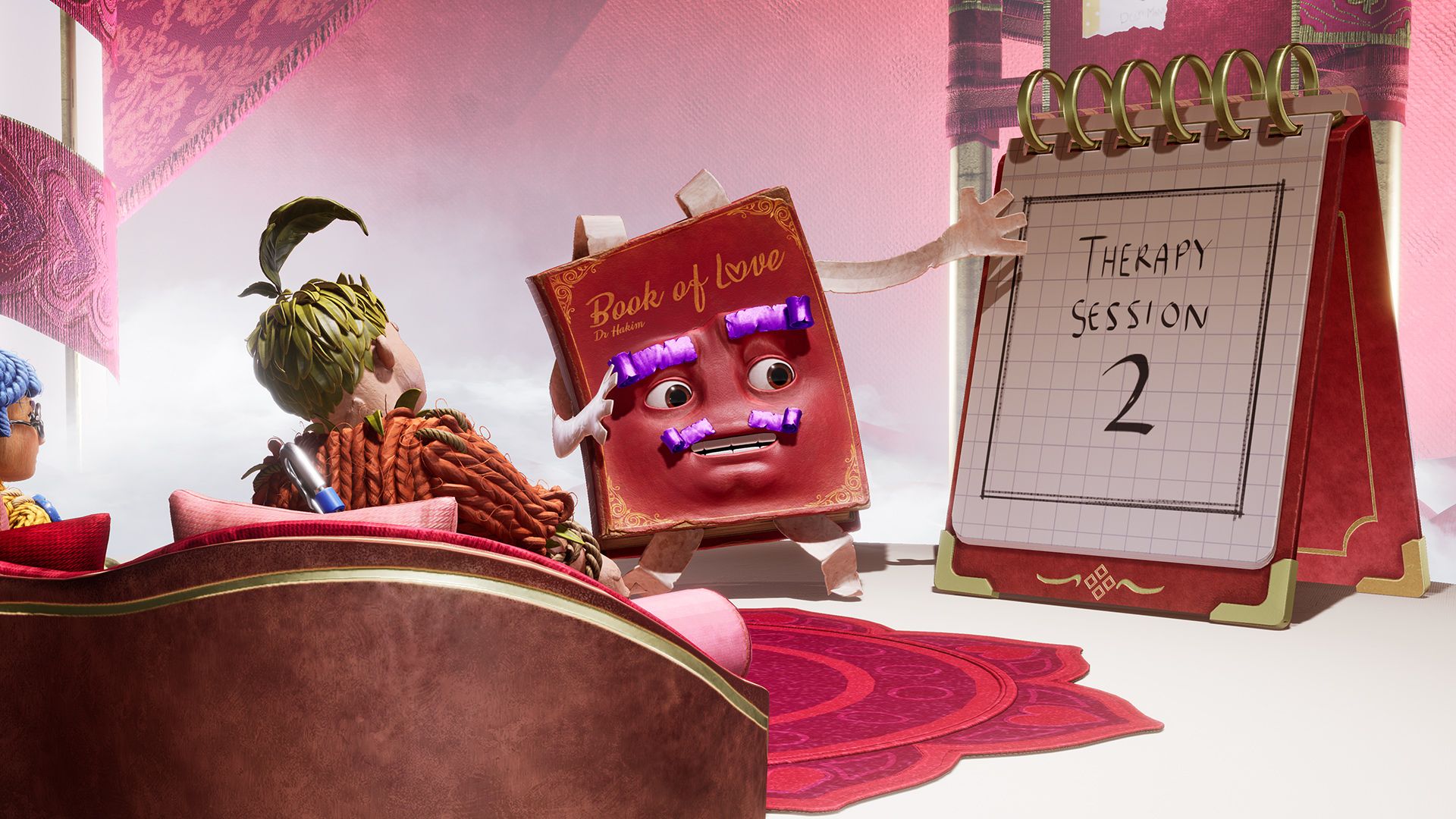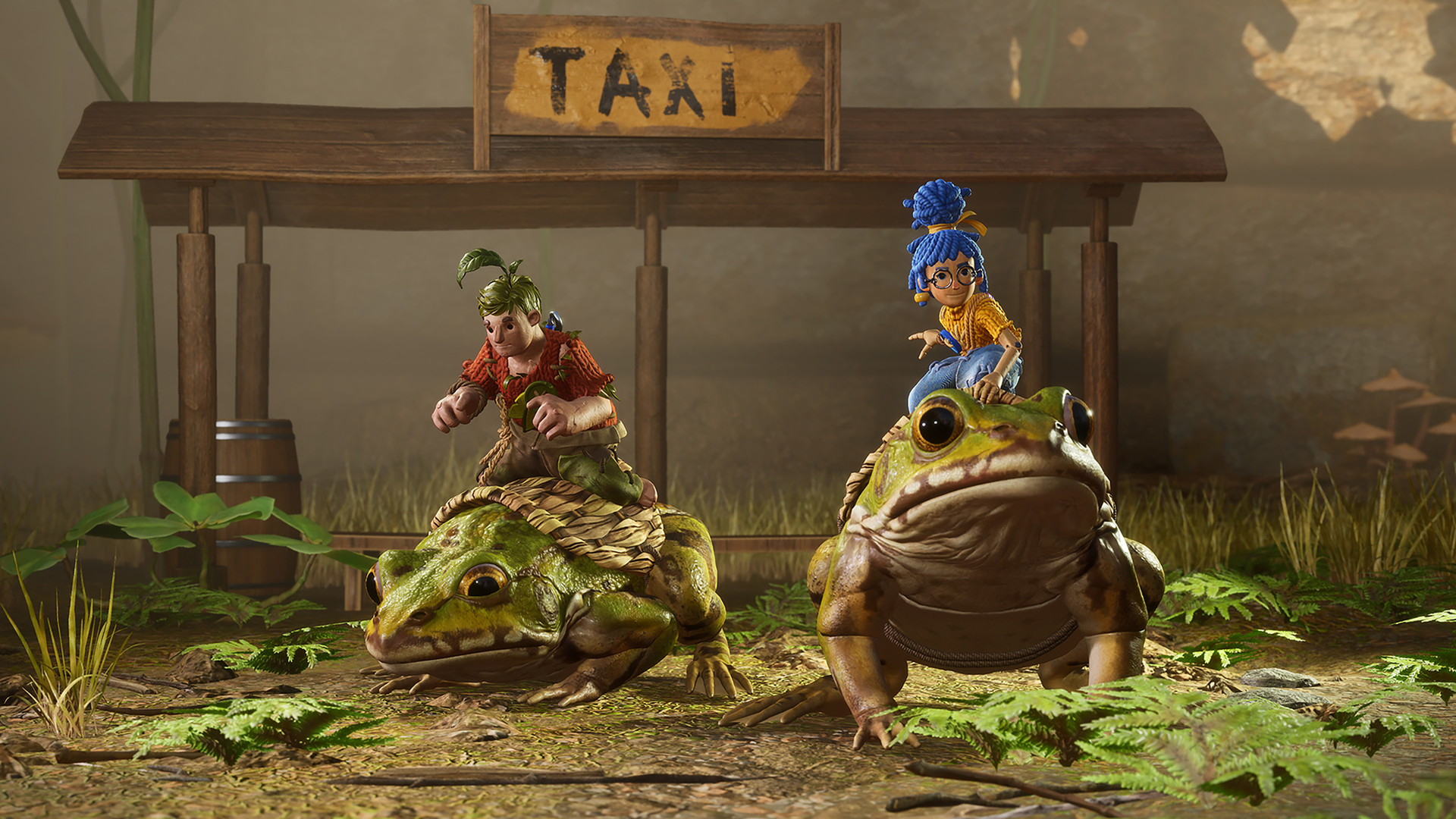Website: http://minitgame.com
Minit is an indie adventure game developed by Kitty Calis, Jan Willem Nijman, Jukio Kallio & Dominik Johann. It was released in 2018 and was one of the finalists for the Seumas McNally Grand Prize in IGF 2019. In the game, you play as a creature (perhaps a duck) who is cursed by a sword, giving them only have 60 seconds each day before dying and then reviving back in their home. With the limited time you have each day, you must complete puzzles and help other creatures to unlock new items/abilities and thus new areas.

I actually first played Minit right before writing this blog post, so both the game and my experiences playing it are still fresh in my mind. In this post, I’ll write down my experiences and analysis for Minit using some of Jesse Schell’s lenses, starting with the Lens of the Elemental Tetrad. Do note that the numbering for the lenses follows the numbering in the second edition of “The Art of Game Design: A Book of Lenses” (and also the app, “A Deck of Lenses”).
Lens #9: The Lens of the Elemental Tetrad
1. Mechanics
- Countdown timer: The unique mechanic of Minit is the 60-second timer. As soon as it reaches zero, you die and respawn in the last home/save point you visited. You still retain the items you have collected, though.
- Controls: The controls for this game are very simple. You can move in four directions using the arrow keys, and you can use your equipped item (usually the sword) using the ‘X’ key. You can also instantly kill yourself using ‘C’.
- Puzzles: You progress the game by solving puzzles. Most of the time it involves helping an NPC in the game. After completion of these puzzles, you are awarded an item or a new area to explore.
- Items and obstacles: There are items in the game that you can collect. Some of them grant you new abilities to explore previously inaccessible parts of the map. For example, in the middle of the game, you obtain the Flippers, giving you the ability to swim. Water areas, which were previously an obstacle you couldn’t go through, are no longer a problem.
- The goal of the game is to unravel the mystery of the cursed sword and of course, lift the curse. By unlocking more and more abilities you can reach the final location, fight the boss, and end the adventure.
2. Story
- The cursed sword: One day the main character finds a sword, which cursed them to live only 60 seconds each day. An NPC tells them to go to the factory to fix the problem.
- The factory: Apparently, there is a factory mass-producing the swords. The factory’s activities are also causing harm to the environment, as evident from the toxic waters near it. The main character has to destroy the machinery inside the factory, fight the boss, and finally flush the remains of their sword down the toilet.
- Given that Minit is quite a short game and also focuses more on puzzle-solving than the main narrative, it makes sense that it has such a simple story.
3. Technology
- The mechanics and design of Minit are actually not too far off from old-school top-down adventure games, like the original Zelda game released in 1986. The in-game timer mechanic has also been done in Majora’s Mask. That being said, it is not exactly innovative in terms of technology. The bright side is that it has a relatively smaller memory requirement (1 GB RAM) compared to other modern video games.
- Minit is available on numerous platforms: Linux, macOS, Microsoft Windows, PlayStation 4, Xbox One, Nintendo Switch, Android, and iOS.
4. Aesthetics
- The game is fully monochromatic.
- It uses pixel art and a 2D top-down perspective.
It seems to me that Minit focuses much more on its mechanics (in particular the 60-second countdown timer) than the other elements. The story is there to explain why the timer mechanic exists. The aesthetics are very minimalistic as well, pushing the player to focus more on the innovative concept of the timer, and thus not requiring modern 3D graphics technology.
Lens #6: The Lens of Curiosity
- Early in the game after picking up the cursed sword, an NPC tells you to “drop by the factory ASAP”. The question that this put into my mind was, “What does the cursed sword have to do with this factory?” Apparently the answer to this question is the main plot of the game, so I had to wait until the end, where it is revealed that the factory produces the cursed swords.
- Some other questions that popped into my mind have to do with the obscure clues provided to solve some puzzles. There are also some areas that cannot be accessed before obtaining the appropriate items, which often left me wondering what secrets those areas could be hiding.

Lens #7: The Lens of Endogenous Value
- Every item in Minit has an in-game value. Some of the items are active items, which means you can equip them and use them to interact with objects, such as the Sword and the Watering Can. Other items are passive items, which either directly grant you access to game areas, such as the Lighthouse Key, or give you an ability that you can use to solve puzzles and unlock new areas, such as the Coffee, which allows you to push boxes.
- There are also coins you can find in the game, which you can use to purchase the Fast Shoes from the Sneaker Hut.
- You can also collect hearts, which is basically how many times you can get hit by an enemy before you die. You start with only two hearts, so having more hearts makes the gameplay much easier.

Lens #8: The Lens of Problem Solving
- At its heart, Minit is about solving problems. You solve the problems that the NPCs have, and they give you items or progress the story upon completion. You solve puzzles provided by the environment, in order to obtain an item or reach a particular area. The main plot itself is about solving the problem of having the 60-second curse.
- Some of the puzzle solutions were not obvious and the areas/clues regarding them were quite obscure. I spent a lot of my time in the game running around the map trying to find some secret passage I missed or an item I can interact with to solve them (which means spamming the ‘X’ key on every object in the game).
Lens #27: The Lens of Time
- Minit is a rather short game. According to howlongtobeat.com, the game should take around one and a half hours. In reality, it took me much longer (around two and a half hours) because I spent a lot of time trying to find something I missed to progress the game. As I’ve mentioned, some puzzle solutions are quite obscure, and it was quite frustrating to spend so much time being stuck, not knowing what to do next. That being said, I believe that Minit has the optimal length because if it were shorter it would really be too short for a full game, and if it were longer there would have been much more of the “wandering around” overhead in my playthrough.
- Other than the length of the game, time is a very essential element inside the game itself, given that the main mechanic is a literal timer. While none of these puzzles involves the countdown timer itself, the timer forces you to solve the puzzles in a very limited amount of time. While it is an interesting mechanic, though, it can get annoying at times, especially when you die just before reaching a save point.
Lens #55: The Lens of Visible Progress
- Progress in Minit can be seen from the number of areas you get access to. At the beginning of the game, it is difficult to get anywhere because you cannot cut down trees or cross through water. The more items you obtain, the more areas you can access, and thus the more progress you make in the game. It is difficult to keep track of the progress this way, though, because there is no in-game map that shows the locked/unlocked areas, and the game only shows you the number of areas you have visited.
- Another way to measure progress is in terms of the collectibles/items in the game. Not all of them are required to complete the main story, though, but it is a good gauge of progress for completionists (players who want to complete the game 100%).
For me, Minit is a short, simple, yet unique game. While the dying-reviving mechanic can be quite tedious at times, it really makes you appreciate the time that you have. Every second counts in each run, and while dying is not too much of a problem, it does create a one-of-kind experience. If you’re searching for quick light-hearted adventure games, Minit should definitely be on the list.








